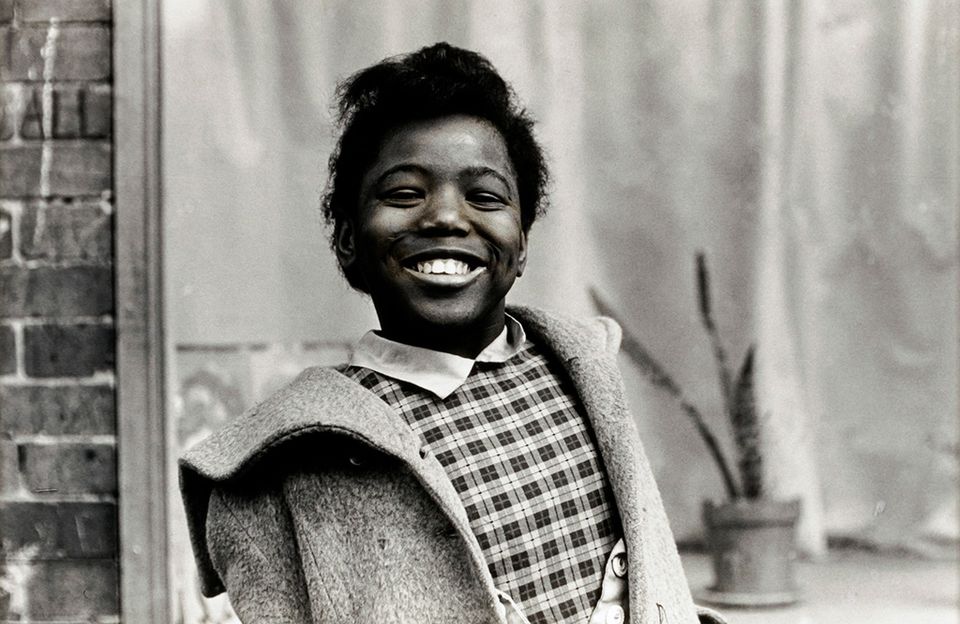

American cities went through a period of upheaval and transformation in the period following World War II due to many factors, from economic downturns to highway construction that cut through established communities and migrations to the suburbs. The changes were particularly hard in African American, Latino, and working class neighborhoods. The exhibition, Down These Mean Streets: Community and Place in Urban Photography, takes as its starting point, the response by Latino artists to the "urban crisis," a term that emerged in the 1960s to refer to the changes that were going on in many cities throughout the United States. The exhibition title is inspired by author Piri Thomas, who grew up in El Barrio (aka Spanish Harlem), and captured the decline of the urban environment in his memoir Down These Mean Streets, published in 1967.
Photographers working at this time, particularly in New York City and Los Angeles, approached the urban landscape with a similar intent, and, as the exhibition illustrates, with a varying degree of technique, vision, and even activism. Down These Mean Streets features ninety-three photographs by ten photographers: Manuel Acevedo, Oscar Castillo, Frank Espada, Anthony Hernandez, Perla de Leon, Hiram Maristany, Ruben Ochoa, John Valadez, Winston Vargas and Camilo José Vergara, who were driven to document and reflect on the transformation of American cities beginning in the late 1950s. According to E. Carmen Ramos, curator of Latino art at SAAM, the exhibition grew out of her desire to learn more about Espada's work and the world he had documented. Born in Puerto Rico in 1930, Espada migrated to the United States when he was nine years old. After serving in the Air Force, he attended the New York Institute of Photography in New York City on the GI Bill. He became a photographer about the same time he became involved with the civil rights movement. His portraits show a great humanity and poet's eye for bringing a subject's inner life into focus.
In addition to portraiture, the exhibition features cityscapes, interventionist approaches, and serial projects, such as Vergara's time-lapse work. In 65 East 125th Street, Harlem he photographs the same site year after year, using color photography to highlight the resourcefulness of urban residents and business owners during periods of economic decline and the cultural history embedded in public spaces. Although there is variation in technique and approach among photographers, the works featured in Mean Streets share the same common denominator: to document the urban landscape and the people who inhabit it.
The Smithsonian American Art Museum has one of the most important and comprehensive collections of Latino art in the nation. This exhibition is the latest example of a major collecting initiative, still underway at the museum, to build a significant collection of Latino art in the nation's capital. All works in Mean Streets are in our permanent collection; and many are new acquisitions. The Latino Initiatives Pool of the Smithsonian Latino Center provided generous support for the new acquisitions featured in this exhibition. Mean Streets remains on view through August 6, 2017.
Watch Mean Streets curator, E. Carmen Ramos talk about the exhibition (Note: Facebook video will not display on Internet Explorer.):

















